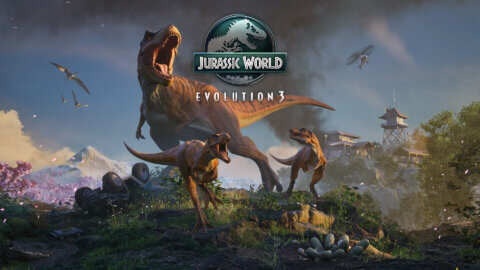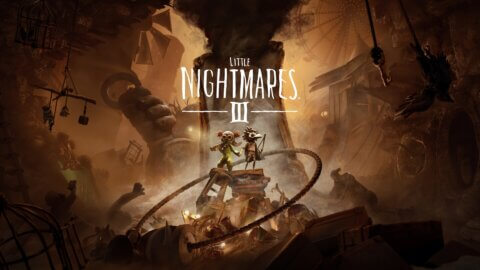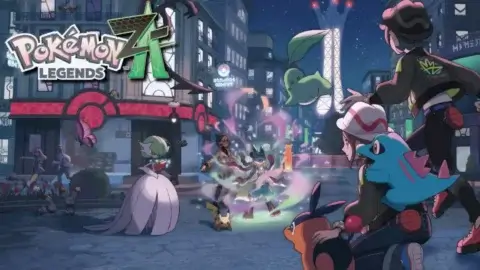By the time I started up Jurassic World Evolution 3, I already had a pretty good idea of what to expect. Frontier Developments has carved out a neat little niche with its Jurassic World Evolution series, part management sim, part dinosaur sandbox, and this third entry continues that trend in true Frontier fashion. They’ve shipped it relatively quickly after the last installment, but what’s impressive is that it doesn’t feel rushed. Instead, Evolution 3 takes what was already great about the previous games, builds on those systems, and introduces enough fresh features to make it feel like a genuinely new and exciting park to run.
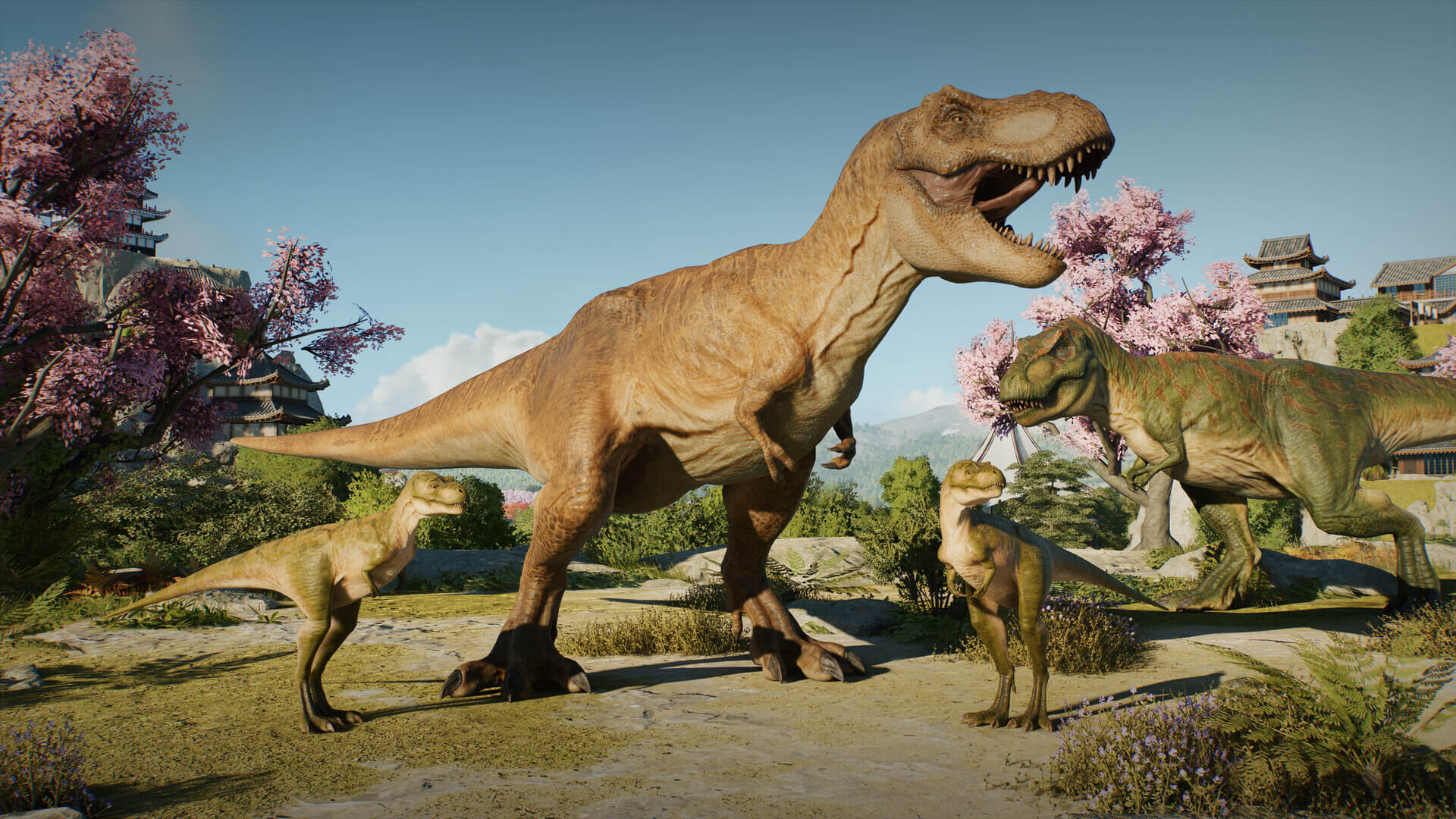
If you’ve spent time with the first two games, you’ll recognise the DNA immediately. But what struck me right away was how confident and refined everything feels this time around. It’s one of those games that can quietly pull you in, you start out just placing a few fences and adjusting some paths, and before you know it, you’ve been obsessing over enclosure layouts for hours. It’s a well made, dangerously addictive management sim that scratches both the creative and strategic itches at once.
Evolution 3 doesn’t reinvent the wheel, and that’s not a bad thing. It expands on the foundation that’s already been built across the first two entries. You’re still managing your very own dinosaur theme park, balancing the delicate dance of science, spectacle, and survival. You’ll build, expand, and maintain your park, designing habitats, managing guest facilities, and keeping your dinosaurs (mostly) happy and contained.
But where the earlier games sometimes felt a little limited or constrained, Evolution 3 gives you more breathing room. The management systems run deeper now, and the park editing tools offer a lot more flexibility. It’s as if Frontier finally decided to hand the player the full toolset and encourage you to go wild. Whether you’re crafting a clean, efficient operation or going full creative mode with elaborate habitats and themed zones, you’ve got the tools to make your own version of Jurassic World, and the results can look spectacular.
At its core, the gameplay loop remains familiar, but it’s also more satisfying than ever. You’ll still spend most of your time building enclosures, researching new species, sending out expeditions to collect fossils, and genetically engineering dinosaurs. There’s a real sense of progression as your park grows, from a few modest pens with gentle herbivores to sprawling complexes filled with apex predators and towering aviaries.

Of course, the management side of things is where the game really shines. You’ll be monitoring park finances, adjusting prices, expanding guest facilities, and juggling the endless list of operational needs that come with running a park full of prehistoric creatures. It’s easy to get caught up in the details, tweaking food ratios, micromanaging ranger patrols, or balancing enclosure populations to keep every dinosaur content. It’s complex, but when it all clicks, it’s deeply rewarding.
The headline feature this time around is dinosaur breeding, and it changes everything. In the first two games, dinosaurs only appeared when you created or imported them. Now, they can actually reproduce naturally within their enclosures. It sounds like a small thing, but it completely reshapes how you think about park management.
For starters, you now have to consider the long-term viability of your habitats. Dinosaurs can lay eggs and give birth to juveniles, which means you’ll need to ensure their enclosures can accommodate a growing population. The game adds a nurturing aspect I didn’t realize I wanted, managing eggs, planning for the safety of hatchlings, and adapting enclosures to meet the needs of both adults and their young. It’s no longer just about creating dinosaurs, it’s more about sustaining an ecosystem.
There’s something incredible about watching a herd of young herbivores following their parents through a lush valley or seeing a baby carnivore take its first steps. But it also comes with pressure. Overpopulation becomes a real concern, forcing you to think ahead, will this enclosure still work once these juveniles mature? Do you need to relocate certain species? Can your ecosystem sustain them? It adds a welcome layer of realism and unpredictability.
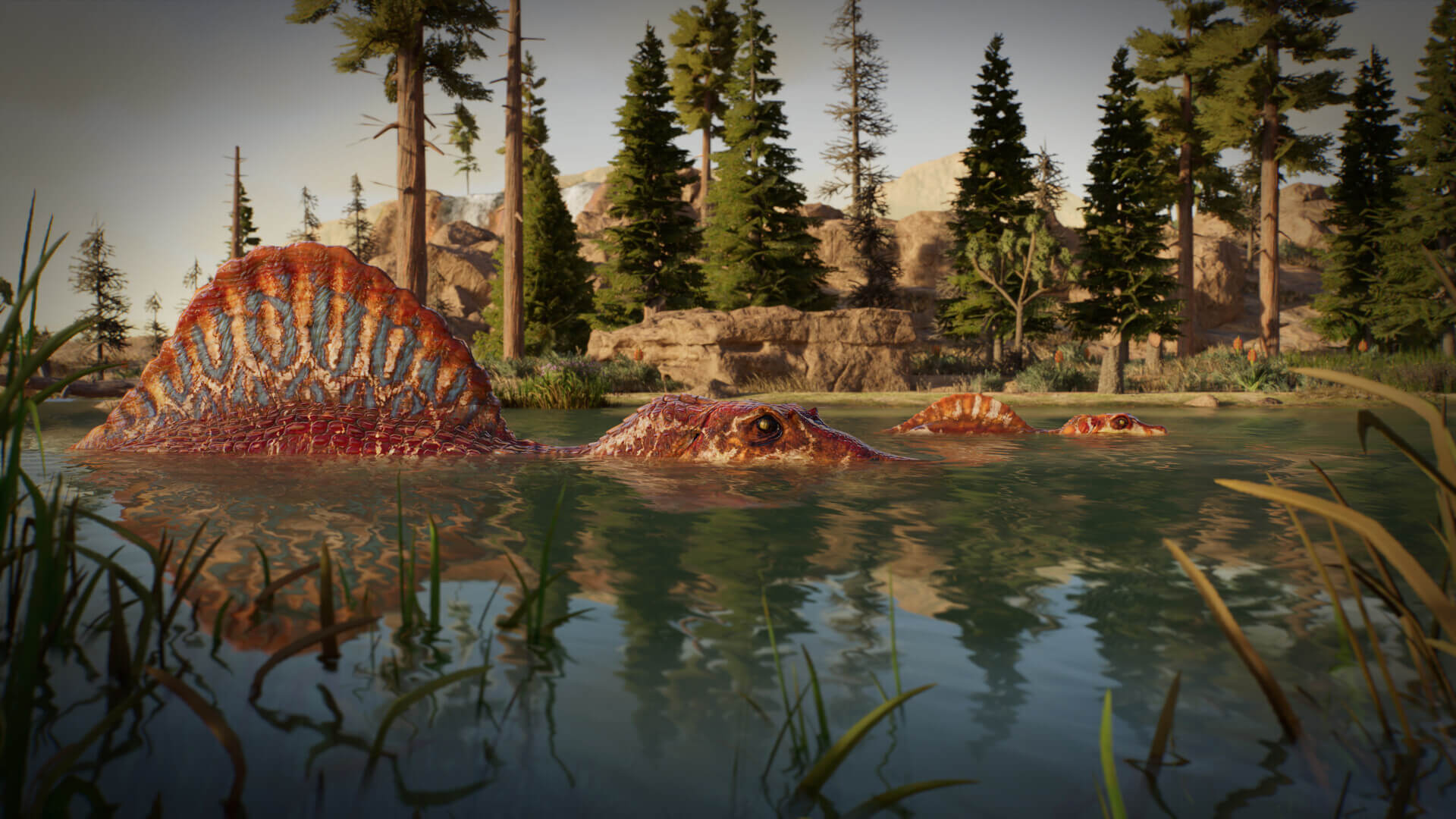
Thankfully, the old expedition and fossil systems are still intact. You’re not forced to rely only on breeding, you can still send teams around the world to discover new fossils and DNA strands. This mix of discovery and natural growth keeps the pacing fresh and gives you control over how you expand your park.
Another major improvement in Evolution 3 is the suite of park editing tools. Frontier has clearly listened to fan feedback here. The building system is more flexible, the terrain sculpting feels smoother, and you have far more options to personalise your park layout. There’s a wider range of decorations, new buildings, and biome customization tools that really open up what’s possible creatively.
For me, this freedom clicked when I started experimenting with the game’s new settings. One of the highlights was building a Japanese-inspired park, complete with cherry blossoms, minimalist architecture, and water features that reflected the mountains in the distance. Seeing dinosaurs wander through that environment was incredible, so much so that I found myself daydreaming about a Jurassic Park movie set in Japan (though I suppose the country already has its own giant reptile problem in the form of Godzilla).
It’s those kinds of creative possibilities that make Evolution 3 so enjoyable. You can chase realism or fantasy, efficiency or aesthetics, it’s your park, and the game lets you truly make it your own. Of course, running it successfully is an entirely different challenge.
Evolution 3 also benefits from offering multiple modes to suit different types of players. Campaign Mode is the narrative-driven core of the experience, introducing new mechanics gradually as you expand into different regions around the world. Challenge Mode gives you a more focused, scenario-based experience, testing how well you can meet specific goals under pressure. And then there’s Sandbox Mode, which remains the best way to let your imagination run free.
You’ll spend a lot of time in Sandbox Mode, if you’re someone who likes experimenting, building parks in extreme environments, mixing species that probably shouldn’t coexist, and testing how far I could push the limits of park design. It’s the kind of mode that lets you unwind after the structured chaos of the campaign and just create for the sake of it.

On PS5, Evolution 3 looks fantastic. The dinosaur models are more detailed and lifelike than ever. Every scale, feather, and muscle twitch feels meticulously rendered. Watching a T. rex stalk through dense foliage or a baby Triceratops stumble after its herd never gets old. The lighting and weather effects have also improved, storms, sunsets, and environmental changes all look gorgeous and enhance immersion. Performance is solid too. Load times are short, frame rates are steady, and even when the park is bustling with visitors and dozens of dinosaurs, I didn’t encounter any noticeable performance drops. Frontier’s attention to technical polish is clear here.
That said, it’s not all smooth sailing. The biggest hurdle is the game’s learning curve. Evolution 3’s systems are deep and heavily interconnected, which can be overwhelming for newcomers. The tutorial helps, but there’s still a lot to absorb, from genetic management to park economics, and it takes time to get comfortable juggling it all, especially at the start of the game.
The UI doesn’t do the game any favors either. It’s cluttered, with multiple submenus buried under icons that aren’t always intuitive. I found myself getting lost in the interface more than once, struggling to remember which menu held which setting. Once it clicks, it’s fine, but early on, it’s a bit of a maze.

Final Thoughts
After some time with Jurassic World Evolution 3, I came away genuinely impressed. It’s not a radical reinvention, but rather a confident evolution of the formula Frontier has been refining for years. The new breeding and juvenile systems give the simulation a sense of life and continuity it was previously missing, and the improved creative tools and locales make building and customising parks more fun than ever.
If you’ve never played an Evolution game before, this is a great entry point. You don’t need to know the past titles to enjoy it, everything you need is here. But if you played the first two and didn’t like them, this won’t magically change your mind, it’s still very much in that same mold, just deeper and better. For fans, though, it’s everything you’d hope for. It’s immersive, addictive, and stunning to look at. It’s the kind of game that makes you forget time exists while you’re fine-tuning enclosures and admiring your dinosaurs in motion.
A PS5 review code was provided by the publisher for the purpose of this review.
If you want to see more content like this and never miss one of our frequent gaming and anime giveaways come and Follow Ani-Game on Twitter.
8.5
- + Deeper options and systems compared to previous entries
- + New locales to visit and inspire your park’s design
- + The visuals and dinosaur models look great
- + Multiple modes that allow you to play and customise as you see fit
- - Has a steep learning curve and can be overwhelming early on
- - Convoluted and busy UI

